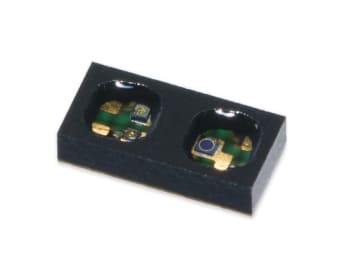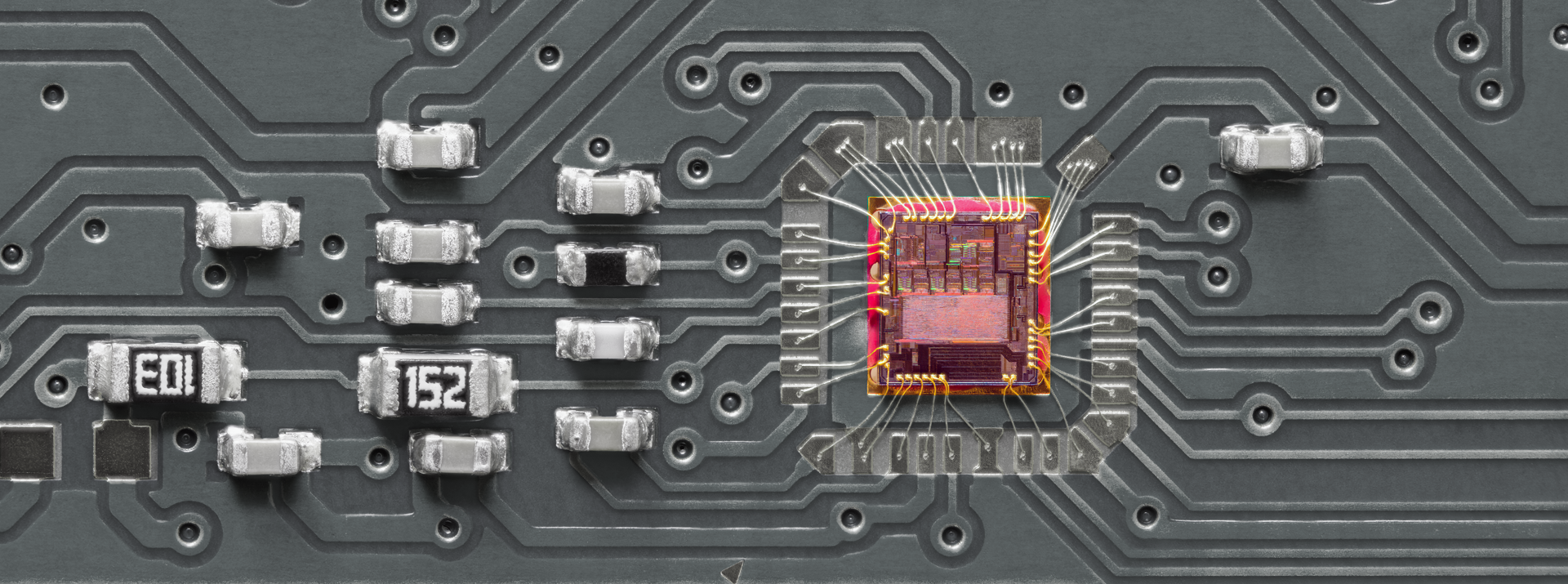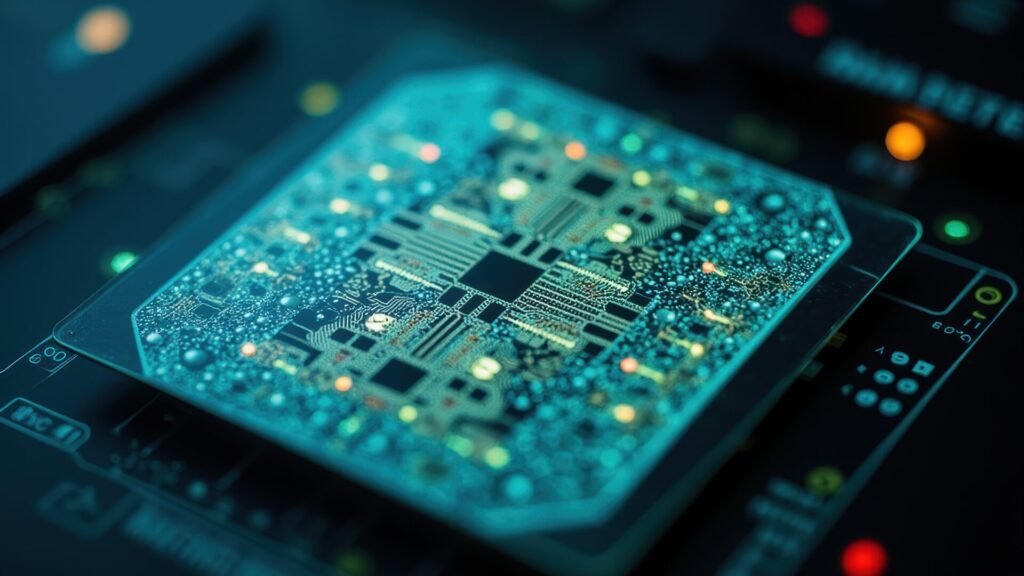
- Photonics
Basic Knowledge of SWIR (Short-Wave Infrared) Technology in Biological Sensing
Contents
What is SWIR? Understanding the Fundamentals of Short-Wave Infrared Technology
Have you heard of “SWIR (Short-Wave Infrared)”? SWIR refers to shorter wavelength light within the infrared spectrum. This technology, pronounced “swire,” is now being applied in various aspects of our daily lives. This article explains the basic knowledge and practical applications of SWIR, a type of infrared light.
Infrared light refers to electromagnetic waves with wavelengths longer than visible light but shorter than microwaves used in microwave ovens. While human vision recognizes longer wavelengths as red light, the upper limit is said to be 760-830 nm. Electromagnetic waves beyond this wavelength cannot be recognized as light. Hence, they are called “infrared” (infra-red) meaning “outside the red region of visible light.”
Infrared light is classified by wavelength range into near-infrared (NIR: 780-2500nm), mid-infrared (MIR: 2500-4000nm), and far-infrared (FIR: 4000nm-1mm). SWIR (900-1700nm), which this article explains, refers to a portion of the near-infrared band. The figure below shows SWIR’s position in the electromagnetic spectrum.
Reference: What is SWIR? | Edmund Optics
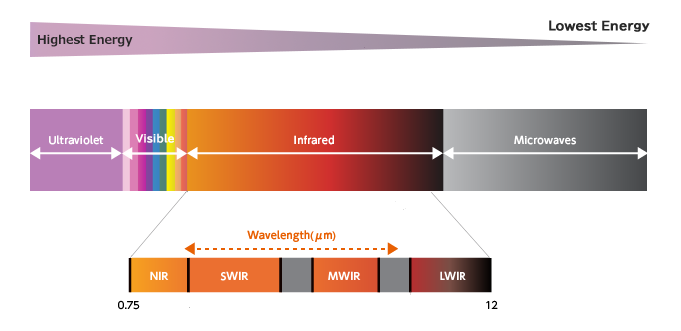
Basic and Optical Properties of SWIR
Light travels straight in a vacuum like outer space, but when it hits substances like water or air, it exhibits various behaviors such as “absorption,” “transmission,” “reflection,” and “scattering.” When light hits a material, if the material is highly transparent, the light passes through (transmits) and exits. During transmission, some light is absorbed by the material and converted to thermal energy (absorption). When the material’s surface is smooth like a mirror, some light bounces back (reflection), whereas if the surface has irregularities, light scatters in various directions (scattering).
Our eyes recognize colors and shapes of all things through this “transmitted light,” “reflected light,” and “scattered light.”
These light behaviors show characteristic changes depending on wavelength for each substance. For example, silicon is opaque to visible light but transparent in the SWIR range. Conversely, some types of glass may transmit visible light but poorly transmit specific infrared light. Various measurements and analyses are possible by utilizing these material-specific optical properties.
Practical Applications of SWIR Technology
- Wireless Earphones Implementation SWIR’s high absorption property for water is utilized in wear-detection sensors for wireless earphones. Recent wireless earphones are equipped with “proximity sensors” that can detect objects without direct contact, incorporating SWIR technology. The proximity sensors in wireless earphones generate SWIR at approximately 1300 nm. Some scattered light entering the skin is absorbed by water, and the attenuated light returns to the sensor. By measuring this attenuation, the sensor can detect whether the wireless earphones are in contact with biological tissue. This enables features like automatically turning off when placed on a table and turning on only when worn in the ear.
- Food Inspection Applications SWIR technology serves as an essential tool for non-destructive testing in food quality control. For instance, in measuring fruit sugar content, SWIR’s high sensitivity to water and sugar content allows measurement of internal sugar levels without damaging the fruit. This helps determine optimal harvest timing and grade fruit by sweetness level. Additionally, in food factory production lines, cameras using SWIR light can detect foreign objects like plastic and paper pieces with high precision, which are difficult to detect with visible light.
- Medical Device Applications SWIR technology is advancing the development of pulse oximeters that enable more accurate blood component measurements. Pulse oximeters are medical devices that non-invasively measure blood oxygen levels using sensors attached to fingers or earlobes. Typically, healthy individuals have blood oxygen saturation levels between 95-100%.
Conventional pulse oximeters have used two different wavelengths of light to measure blood oxygen saturation (SpO2):
- Red light: around 660 nm
- Infrared light: around 940 nm
However, these wavelengths could not detect carboxyhemoglobin (COHb). Early detection of carbon monoxide poisoning is crucial as it can cause severe health damage.
Carboxyhemoglobin (COHb) has characteristic absorption spectra in the 1500-1700 nm SWIR range, enabling its measurement through SWIR technology. Recently, SWIR-based pulse oximeters have been implemented in U.S. medical facilities for diagnosing patients suspected of carbon monoxide poisoning.
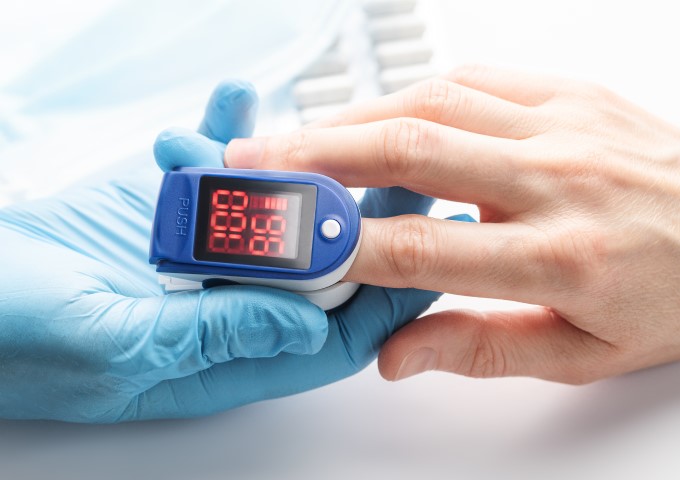
Future Potential of SWIR Technology in Healthcare
Current developments in medical and healthcare fields focus on SWIR technology for vital sensing, with progress in miniaturization and sensitivity enabling integration into wearable devices.
- Non-invasive Blood Glucose Measurement SWIR penetrates skin and is absorbed by glucose molecules in blood. This enables development of needle-free blood glucose measurement technology, offering potential benefits for diabetes patients’ glucose monitoring.
- Subcutaneous Tissue Visualization SWIR cameras utilizing transmission properties can non-invasively observe subcutaneous blood vessels and tissue conditions, potentially improving intravenous injection accuracy and early skin cancer detection.
- Wearable Device Vital Monitoring Smart watches and rings incorporating SWIR technology enable continuous monitoring of vital signs such as blood oxygen levels.
- High-Precision Vital Sign Measurement Advanced SWIR sensors enable more precise vital sign measurements than conventional methods. By detecting changes in biological substances and blood flow, these sensors may potentially evaluate stress levels and autonomic nervous system status in the future.
SWIR technology is expected to expand its applications in medical devices and healthcare, with further developments anticipated.
Dexerials offers 14 types of SWIR-type reflective sensors for medical devices including pulse oximeters and wearable devices with vital sensing technology. Based on our extensive experience, we can assist with various inquiries regarding device miniaturization, performance enhancement, and cost reduction utilizing SWIR technology. Please contact us for consultation.
- SHARE
 Back to top
Back to top  Contact us
Contact us 


